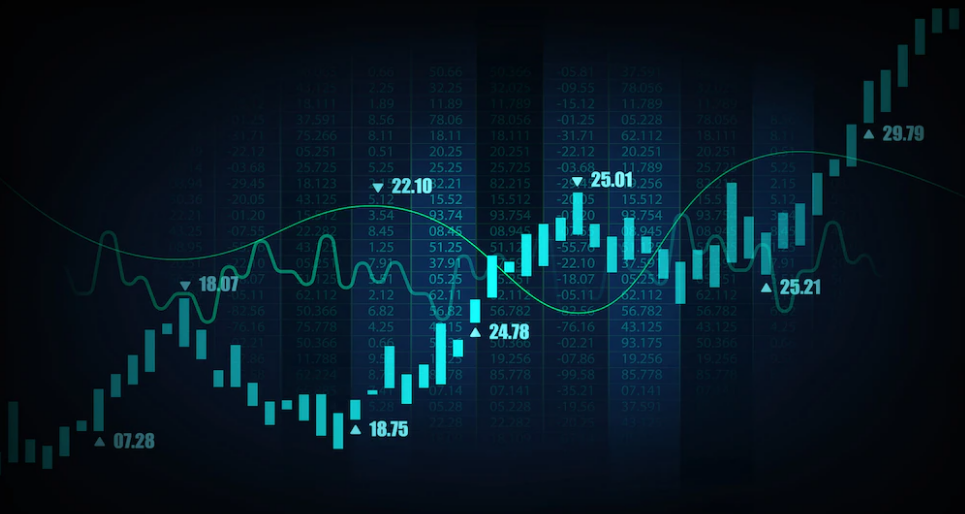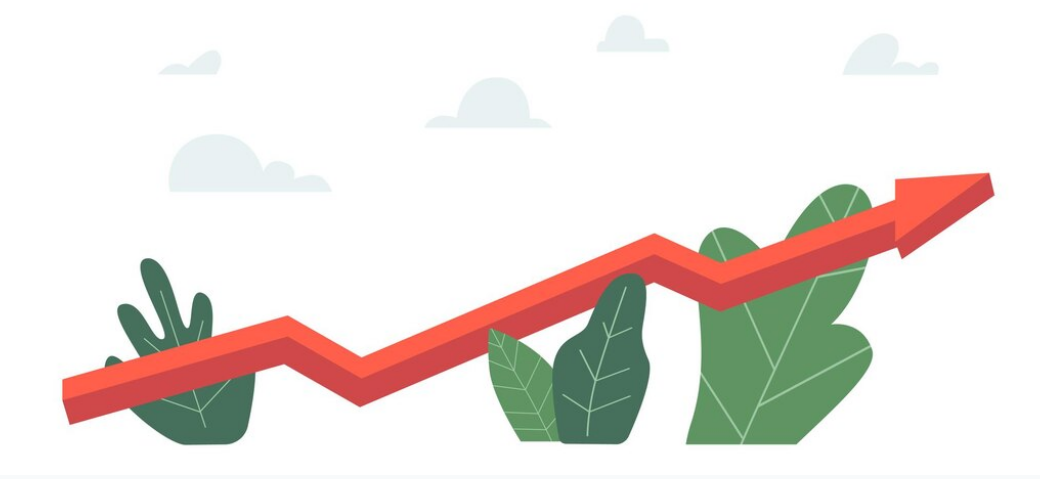
Cory Russell
Apr 07, 2022 11:35

The S&P 500 index fell 1.0 percent on Wednesday. US 2s10s steepened even further, with 10yr rates rising 5 basis points to 2.6 percent, the most in three years, and 2yr yields falling 5 basis points to 2.47 percent. The price of oil has dropped by 4.7 percent.
I won't go into detail about the FED minutes since Vice-Chairman Brainard has previously laid the groundwork.
The global bond market resumed its sell-off after a March respite, causing a worsening in cross-asset risk sentiment, with global tech equities suffering the brunt of the fallout.
In a high-inflation climate, reducing the balance sheet is a substantial source of market uncertainty. However, despite the build-up of economic and geopolitical headwinds over the previous several weeks, stock markets were overbought to a great extent, so this is simply a corrective move to a more sensible level.
The major source of worry seems to be rates, so if rates manage to stabilize, we may see a systematic bid return. However, if interest rate volatility remains high, stocks may continue to be under pressure.
The overnight movement in US transport equities is the latest in a long line of smoke signals the market is sending about recession fears. No market analyst is predicting a recession with too much speed in the economy, but that does not rule out the possibility that some of the signs of one are beginning to appear.
The overall picture has shifted from a certain mid-cycle situation a month or two ago to a late-cycle likelihood presently. I've been preaching about the compressed nature of market cycles since Covid's inception, and the most recent adjustment took weeks rather than a year. Another illustration of the ticker tape's ruthlessness and the speed with which key pivots are priced.
The point is that, similar to the 2's10's inversion, although we may argue about the likelihood of a recession and if the Transports move is a signal for one, the viciousness of pricing actions has pushed people's hands whether they believe in them or not.
Even though one swallow does not make a spring, it seems that the market is concerned that the Fed is behind the curve, and that something like the Volcker adjustment is in the cards with that proviso in mind.

Apr 07, 2022 11:11

Apr 08, 2022 11:16